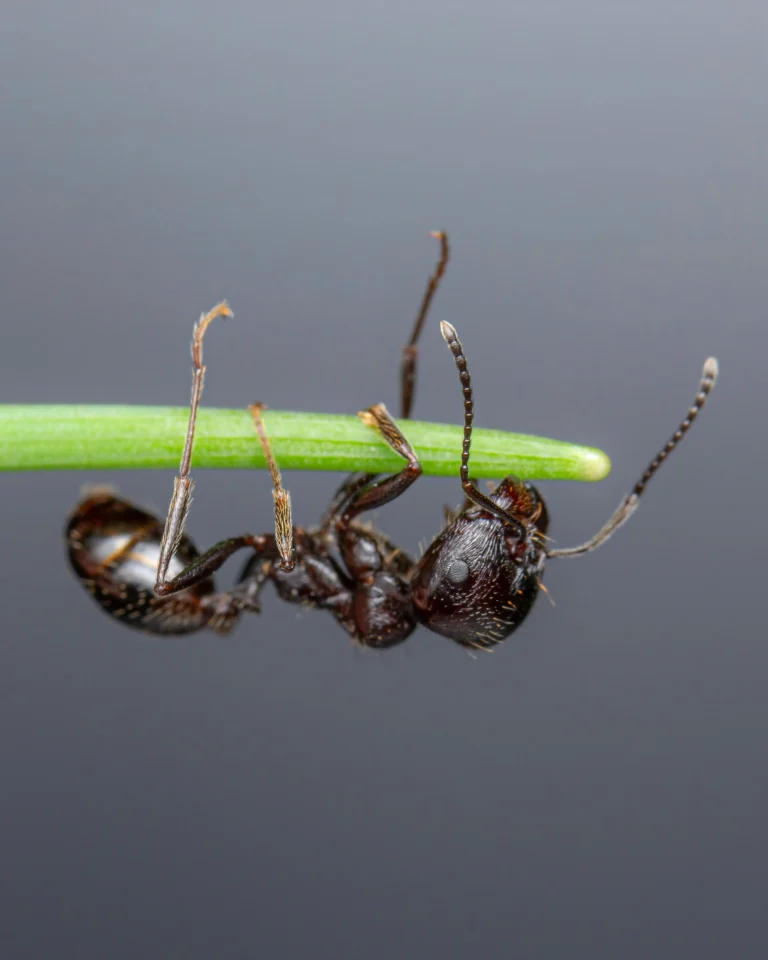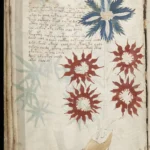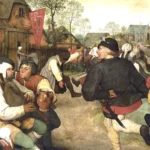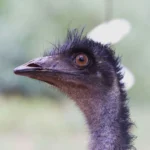
Ant Gang Busted in Bizarre Insect Trafficking Ring
A Tiny Smuggling Operation with Big Consequences In a bizarre twist to the world of wildlife trafficking, two Belgian teenagers were arrested for attempting to smuggle approximately 5,000 queen ants out of Kenya. Initially claiming the act was part of an innocent hobby, the pair ultimately faced legal consequences. Each was given the choice between paying a $7,700 fine or serving one year in prison. The incident has drawn attention due to its unusual nature and is featured in a ”Weird But True” episode by The Post.
The Ant Smuggling Scheme
The two 19-year-old Belgian teens, Lornoy David and Seppe Lodewijckx, were caught attempting to smuggle approximately 5,000 queen ants out of Kenya. Initially claiming the act was part of an innocent hobby, the pair ultimately faced legal consequences. Each was given the choice between paying a $7,700 fine or serving one year in prison. The incident has drawn attention due to its unusual nature and is featured in a ”Weird But True” episode by The Post.
Theories and Speculations: Why Ants?
While the exact motivations behind the smuggling attempt remain unclear, experts suggest several possibilities:
- Exotic Pet Trade: Queen ants are often sought after by enthusiasts for ant farming and as exotic pets.
- Scientific Interest: The teens may have had intentions related to entomological research or studies.
- Cultural Significance: In some cultures, ants hold symbolic meanings, which might have influenced the teens’ actions.
Despite these speculations, the bizarre nature of the crime has left many questioning the true reasons behind the smuggling attempt.
Sources and Further Reading
- Ant Gang Busted in Bizarre Insect Trafficking Ring | New York Post
- Ant Smuggling Ring Exposed | BBC News
A Small Crime with Big Implications
The attempted smuggling of 5,000 queen ants highlights the unexpected and often bizarre nature of wildlife trafficking. While the scale of the operation was small, the incident underscores the complexities and peculiarities of global wildlife trade. It serves as a reminder that even the most unusual creatures can become the center of international attention.







